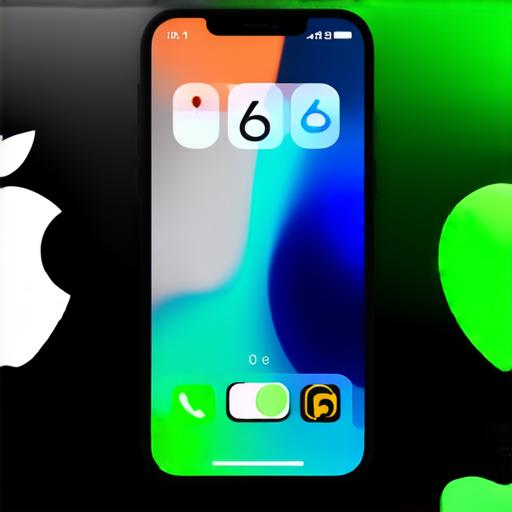Are you an iOS developer who is having trouble adapting to the latest version of Apple’s mobile operating system? Or maybe you just want to revert back to a previous version due to bugs or other issues. Whatever your reason, you’re in luck because we have put together this comprehensive guide on how to revert back to iOS 16.
First and foremost, it’s important to note that reverting back to a previous version of iOS is not always possible or recommended.
In some cases, the bugs and issues that caused you to want to downgrade may have been fixed in a later update. Additionally, there are potential risks involved with downgrading your operating system, including security vulnerabilities and compatibility issues.
Despite these warnings, if you are still determined to revert back to iOS 16, here is what you need to do:
Before You Begin
Before you start the downgrade process, make sure to back up all of your important data and settings. This will ensure that you don’t lose any information in the event that something goes wrong during the downgrade. Additionally, make sure that your iPhone is fully charged and that you have a reliable internet connection, as the downgrade process can take some time.
Step 1: Check Your Compatibility
Before you start the downgrade process, it’s important to check whether your device is compatible with the previous version of iOS. To do this, go to Settings > General > About and look for the “Software Version” section. The version number will tell you which version of iOS your device is currently running. If you want to revert back to iOS 16, you’ll need to make sure that your device is compatible with that version.
Step 2: Download the IPSW File
Once you have confirmed that your device is compatible with iOS 16, the next step is to download the IPSW file for that version of iOS. An IPSW file is a software package that contains all of the files and settings needed to install a new version of iOS on your device. You can find IPSW files on various websites online, but be sure to download from a trusted source to avoid any potential security risks.
Step 3: Back Up Your Device
Before you start the downgrade process, it’s important to back up all of your important data and settings. This will ensure that you don’t lose any information in the event that something goes wrong during the downgrade. Additionally, make sure that your iPhone is fully charged and that you have a reliable internet connection, as the downgrade process can take some time.

Step 4: Install the IPSW File
Once you have downloaded the IPSW file for iOS 16, it’s time to start the downgrade process. To do this, go to iTunes on your computer and connect your iPhone to your computer using a USB cable. Then, select your iPhone from the list of devices in iTunes and click on the “Summary” tab. From here, you can click on the “Restore” button and select the IPSW file that you downloaded earlier.
Step 5: Wait for the Downgrade to Complete
Once you have initiated the downgrade process, it will take some time for the new version of iOS to be installed on your device. During this time, your iPhone will be locked and unavailable for use. Depending on the speed of your internet connection, the downgrade process can take anywhere from a few minutes to several hours.
Step 6: Verify the Downgrade
Once the downgrade process is complete, you’ll need to verify that your device has been successfully downgraded to iOS 16. To do this, go to Settings > General > About and look for the “Software Version” section.
